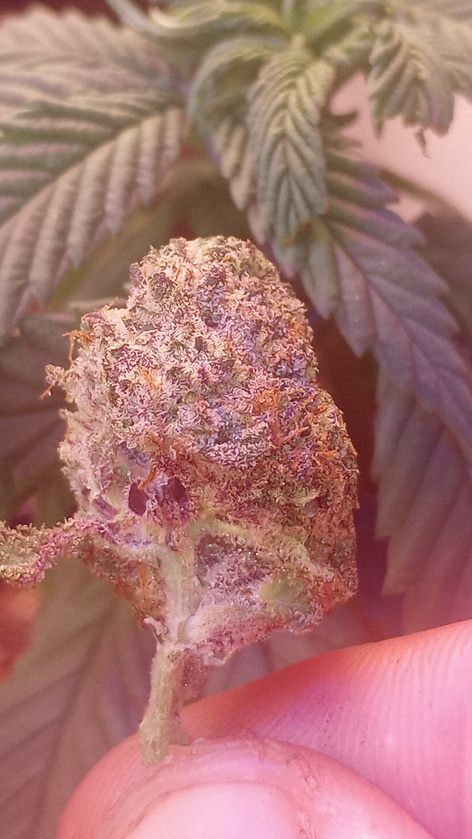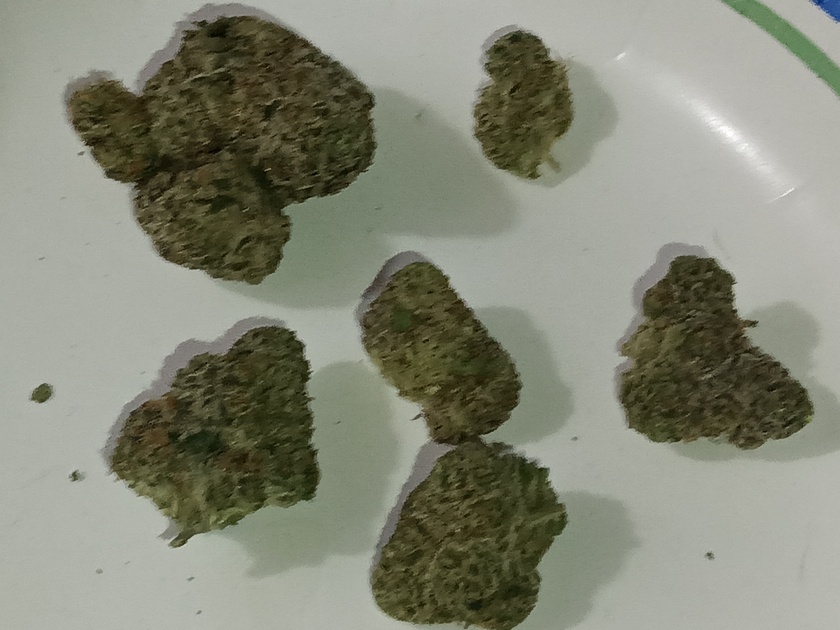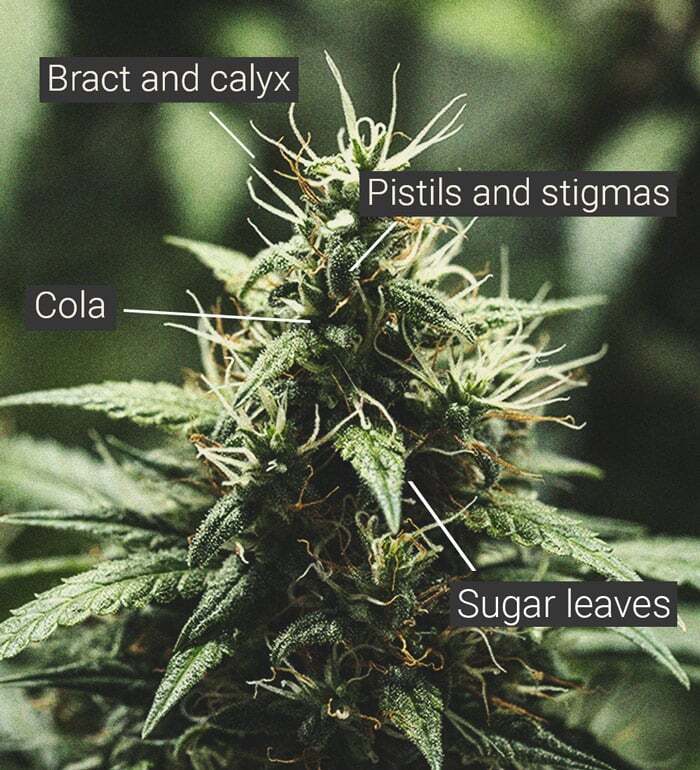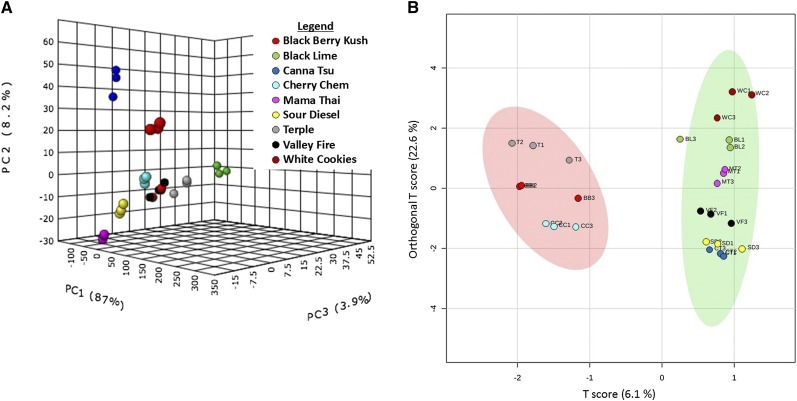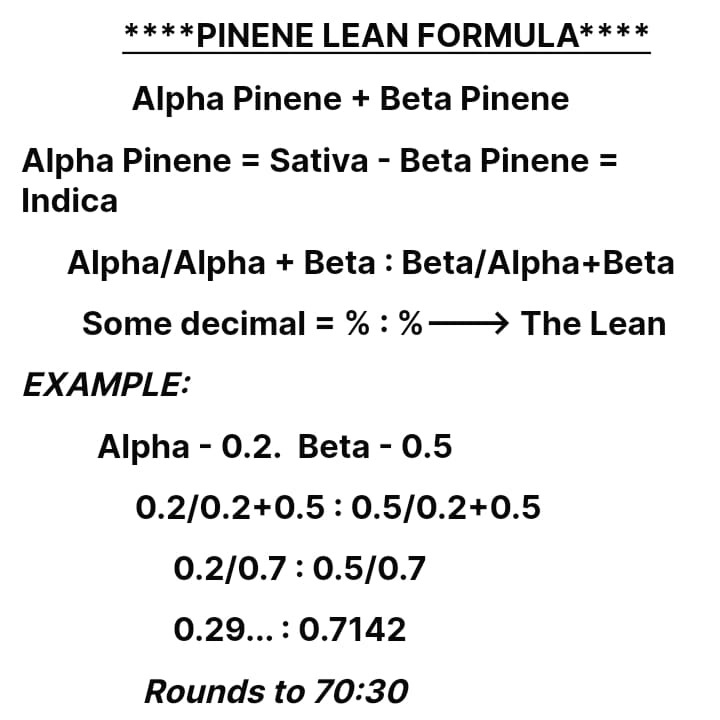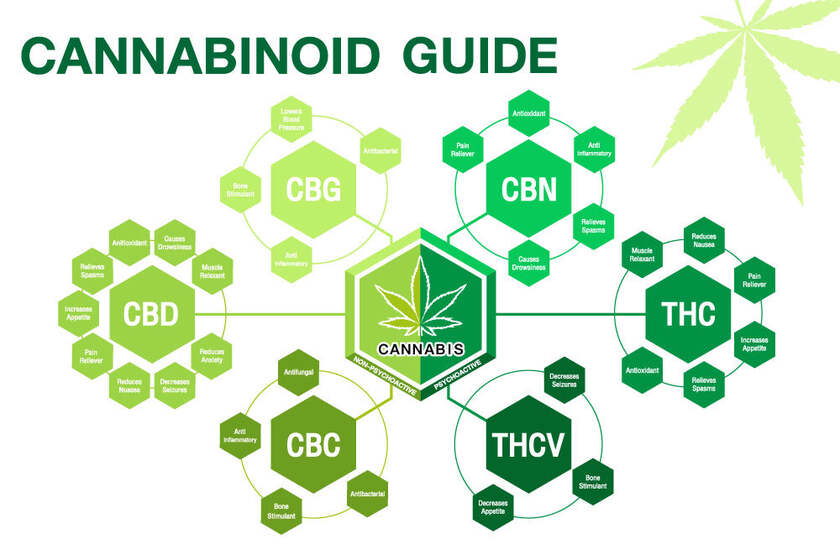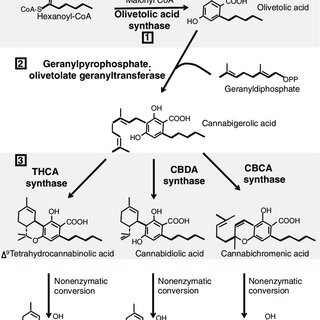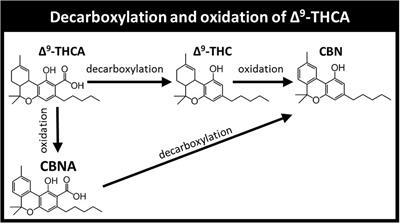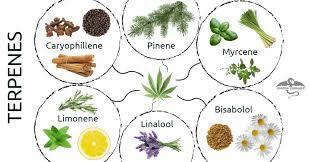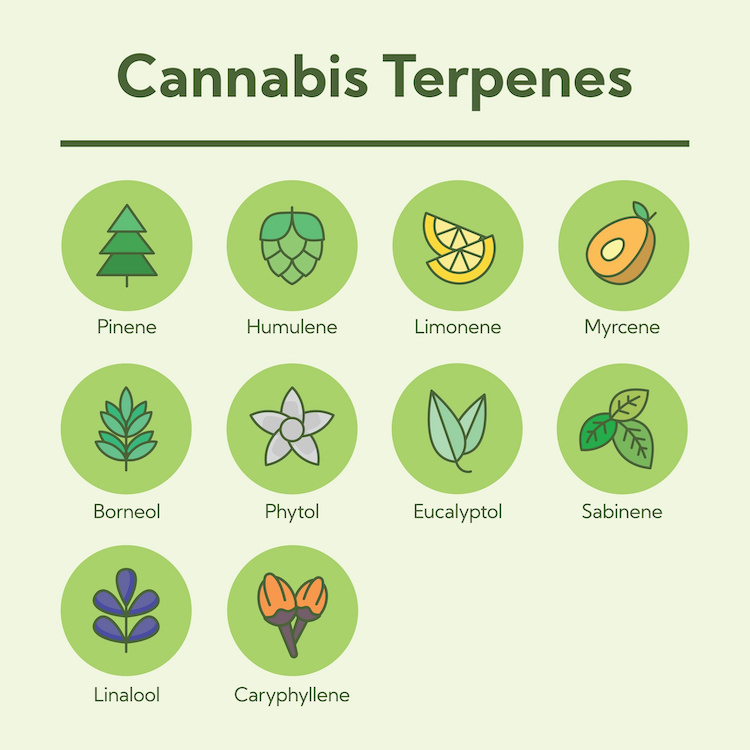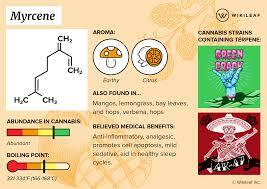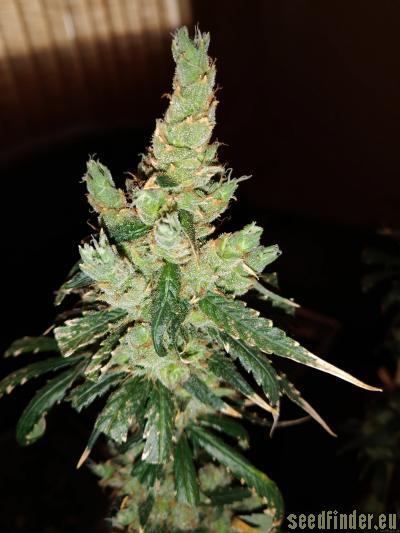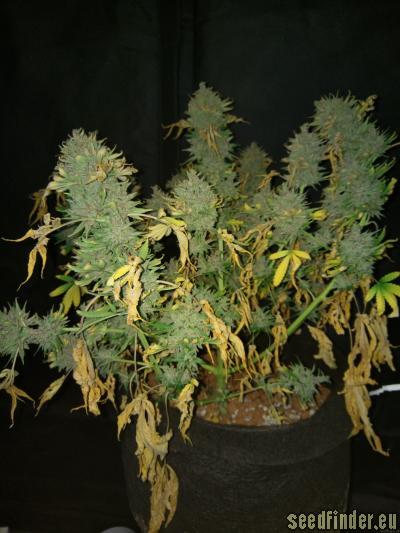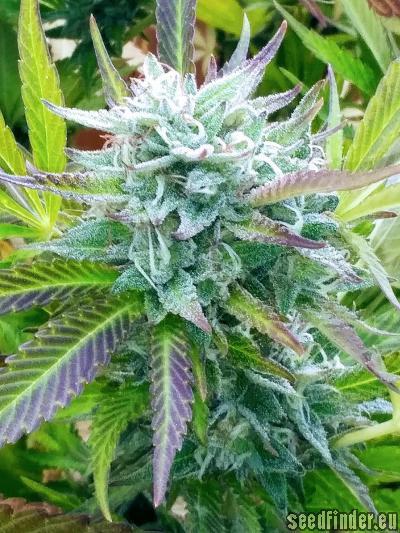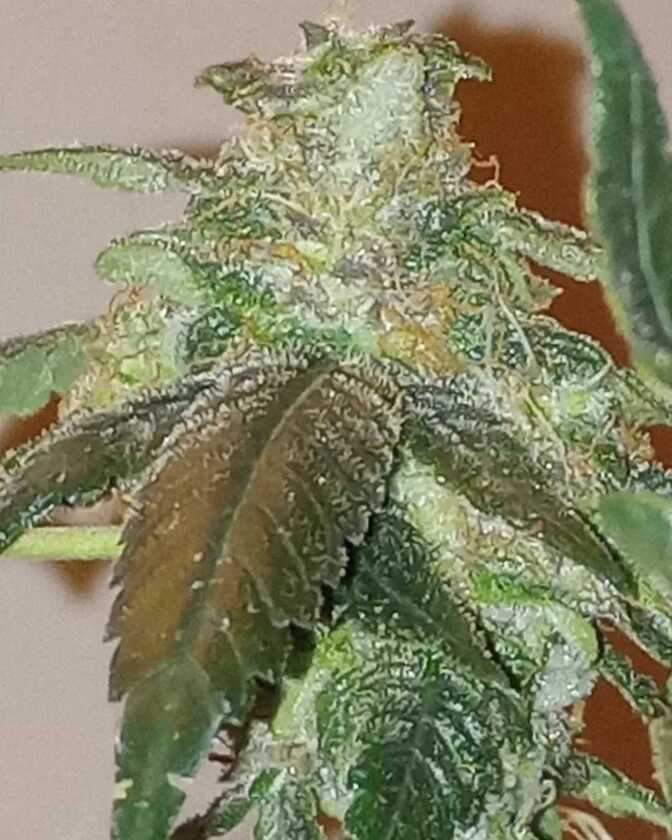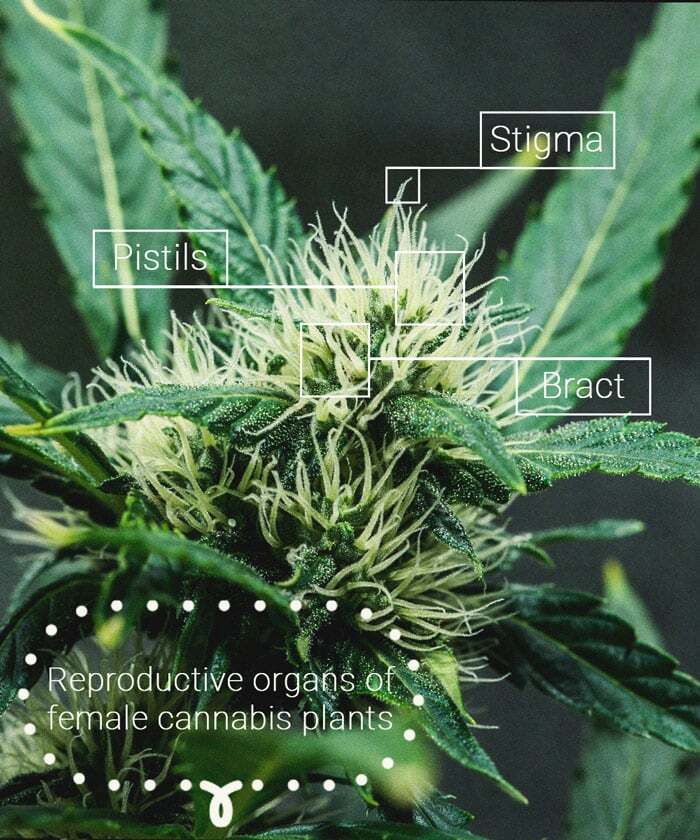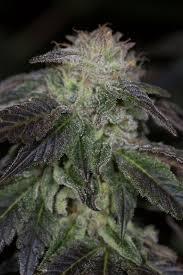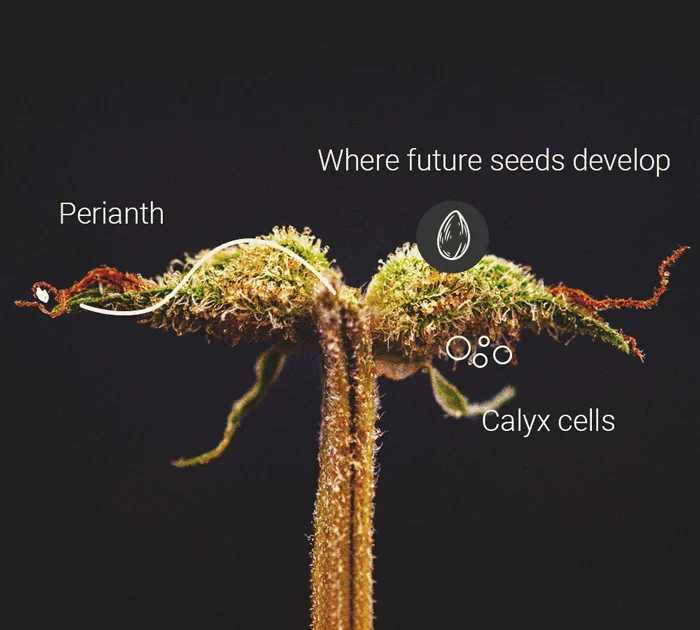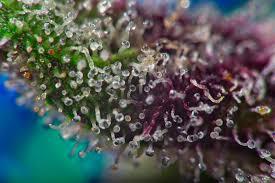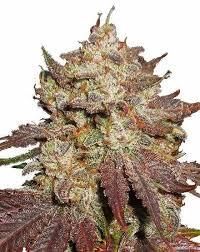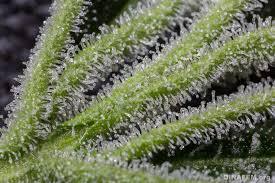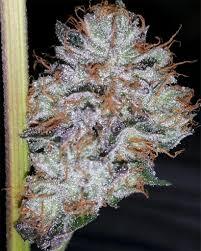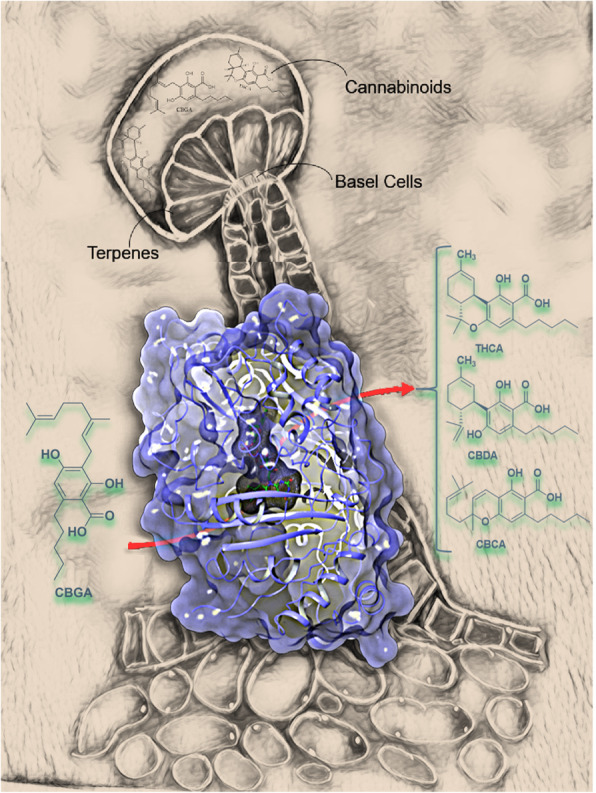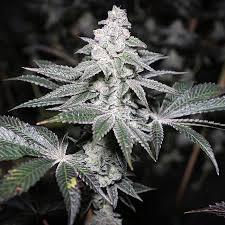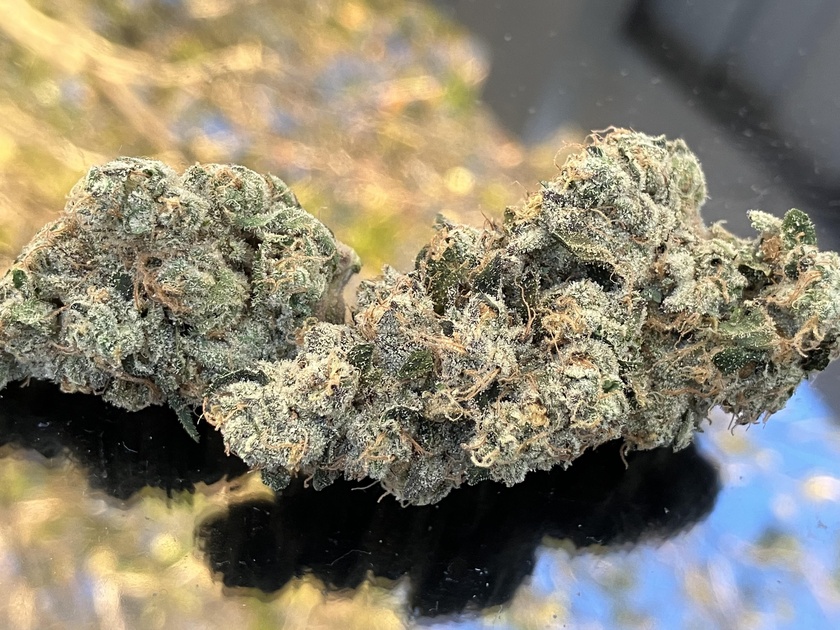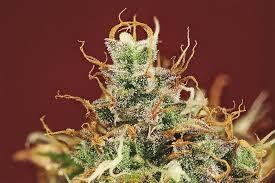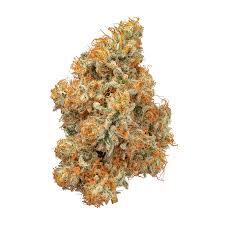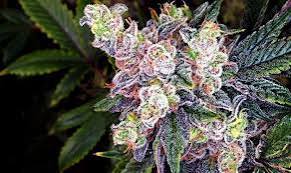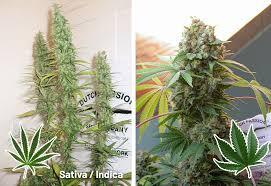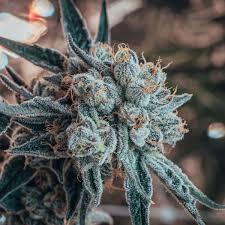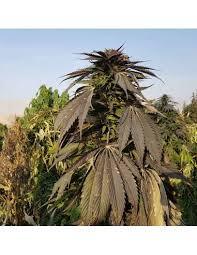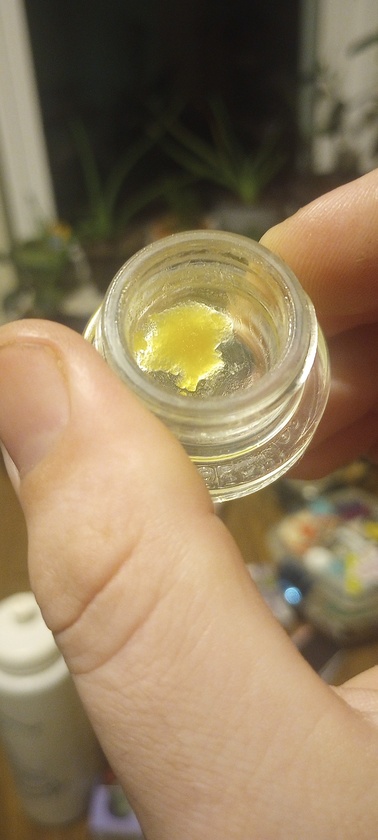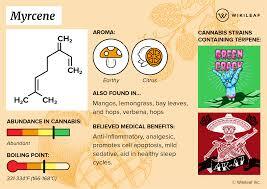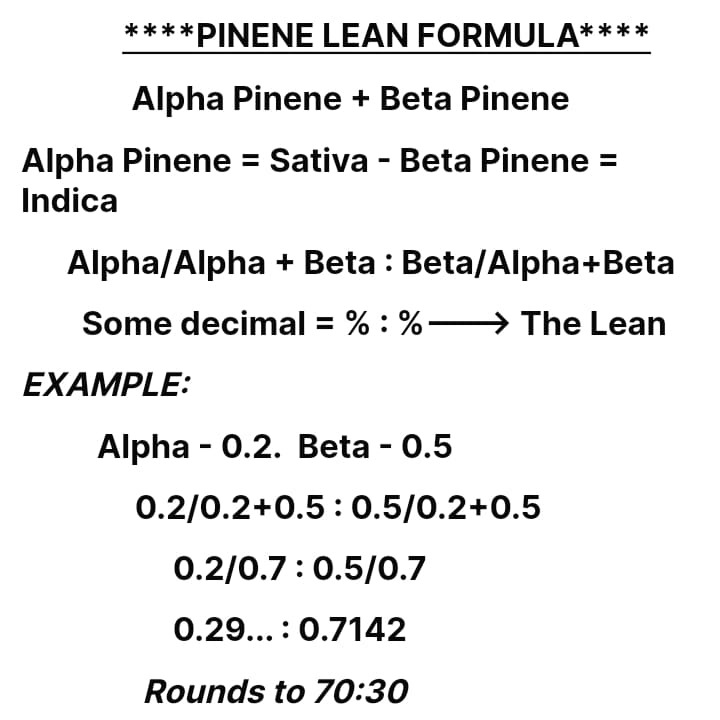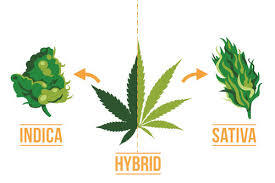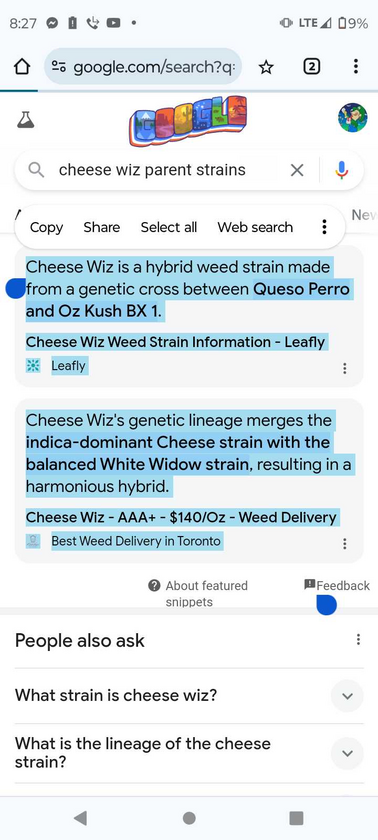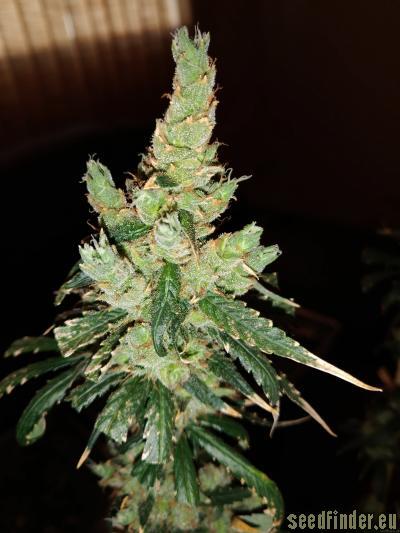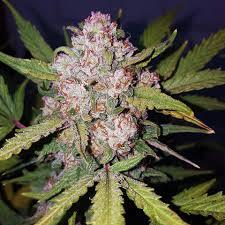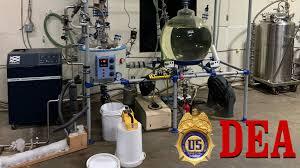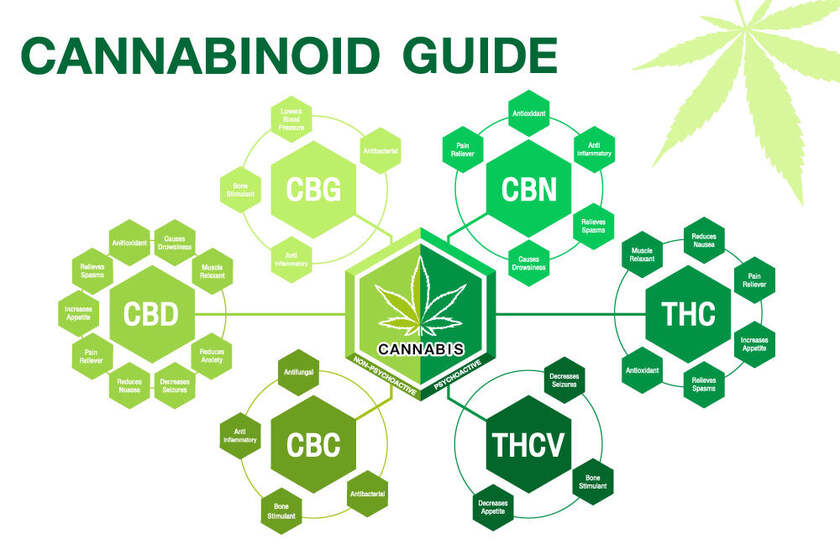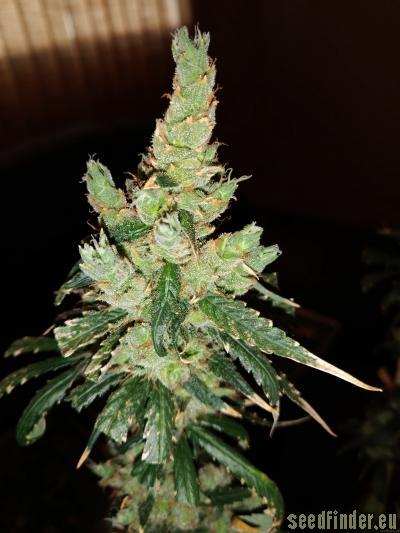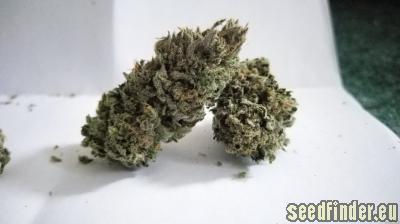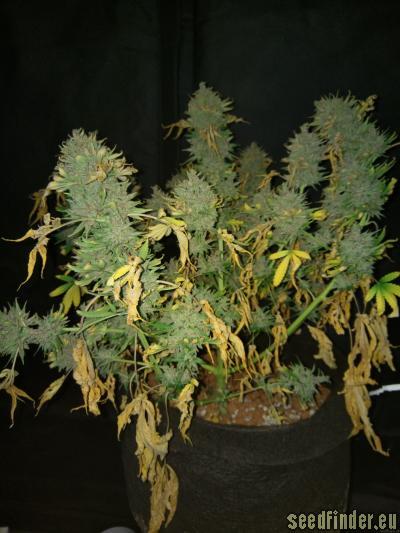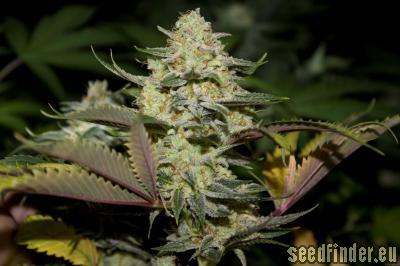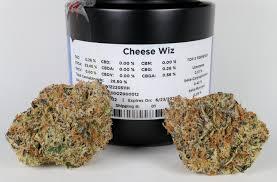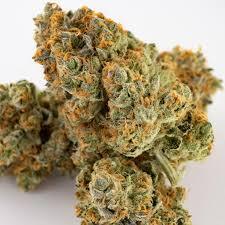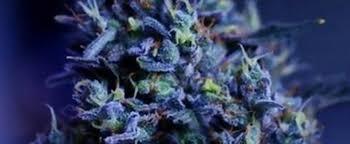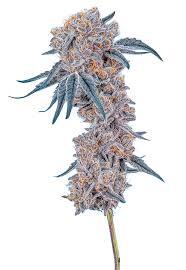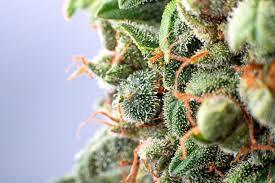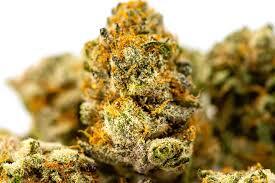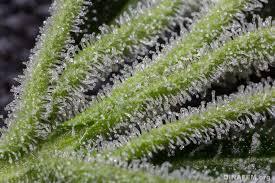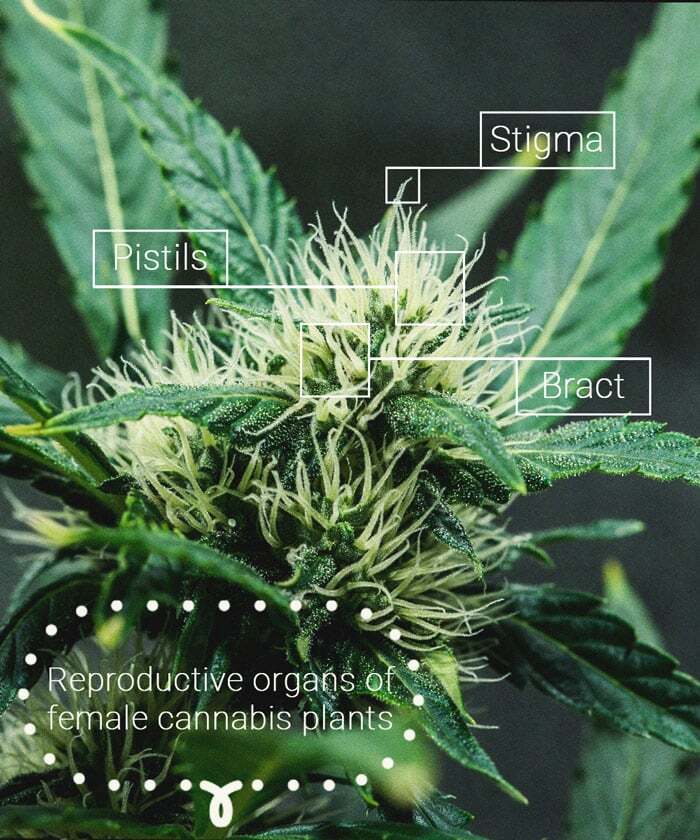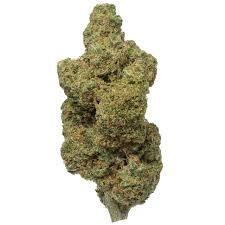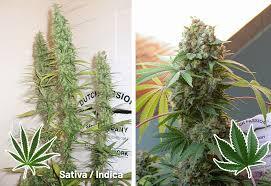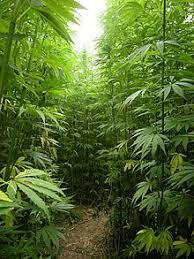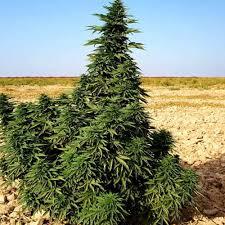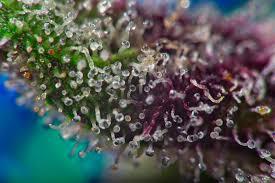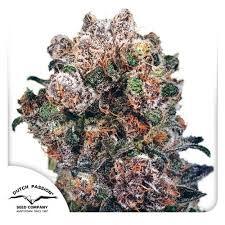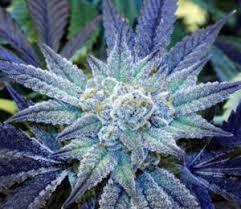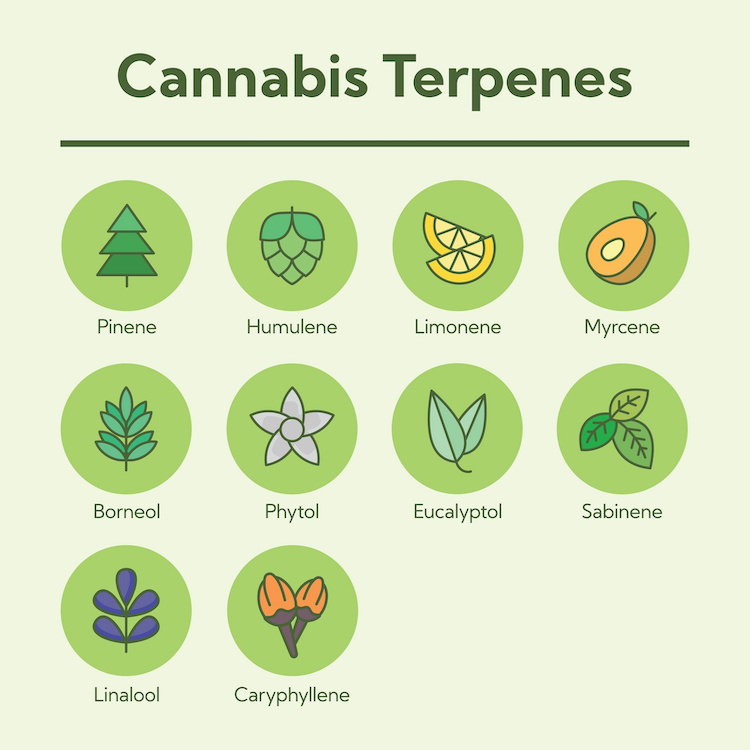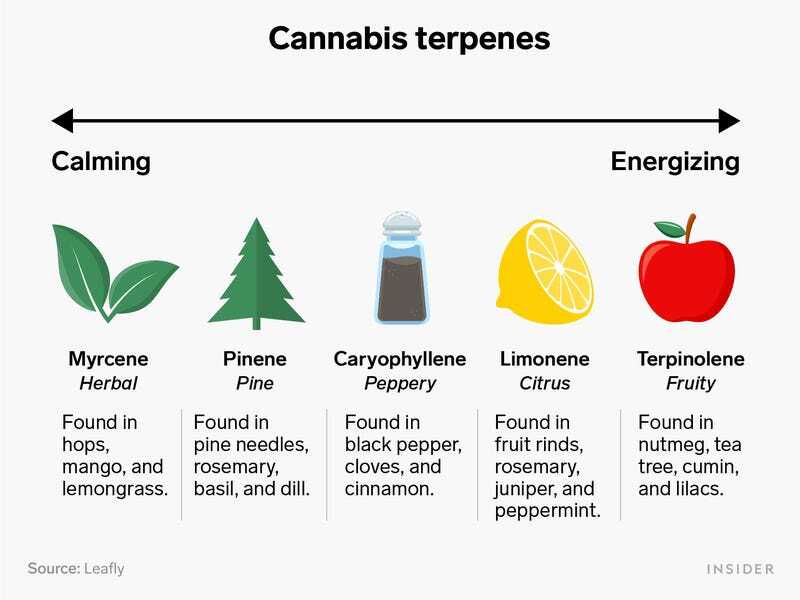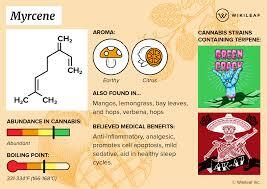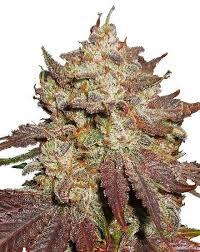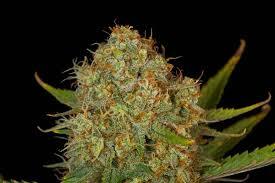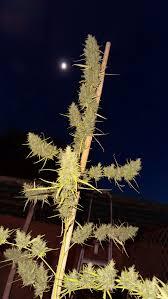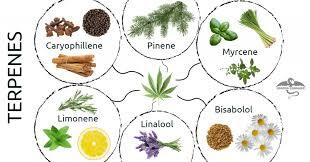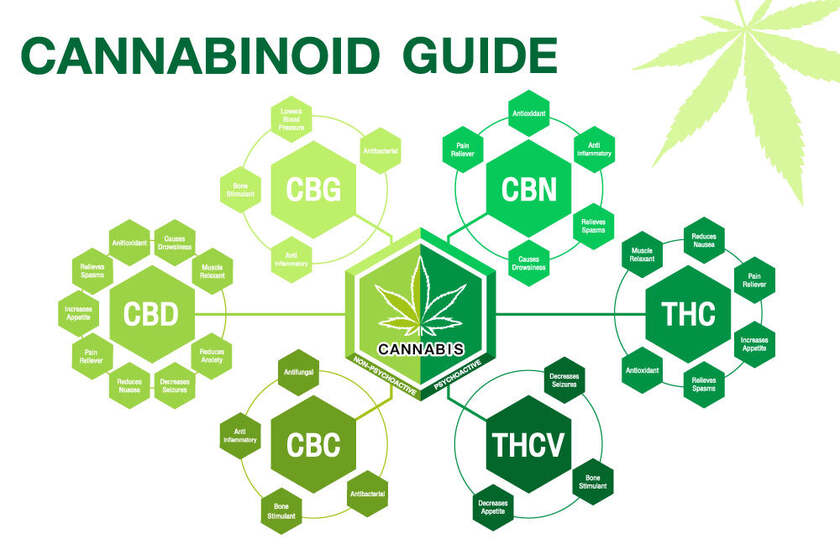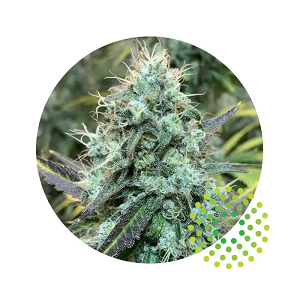
This one really got my attention when I flipped the box over to dig into thenconfirmatiin of analysis. Using the Terpoligical Discernment & Assignment lense through which to view cannabis. Remembering the importance of finding patterns in presentation of hybridized cannabis is key in terpologcal D N A.
To develop Terpological D n A I observed the phenotypical expression of hundreds of mediconal cannabis strains via my experience. I then cross referenced my experience with patterns I determined to exisst over time. These patterns showed Correlation between experience, indica or sativa lean, & the phenotypical expression of that terpene and cannabinoid profile in the conformation of analysis.
Some of these patterns and application of terpene knowledge is held by the larger community, but the totality of this protocol is the product of my own study of individual terpenes and the above stated pattern finding of phenotypical expression on Terpene and cannabinoid profiles both in experience & in the patterns that represent those experiences.
Remembering every person experiences cannabis in different ways, so terpological D n A is specific in some ways to the individual user. HOWEVER, this protocol can be applied by anyone who at the very least understands how terpene arrangements and cannabinoid arrangements act in general and how they intertwine and inter relate, and can be done so in a fairly intuitive manner. So the Landrace phenotypical expressions as well as modern hybridnprofiles and how they present as patterns is important to understand to apply terpoligcal D n A.
Now this profile has an extremely unique expression. The presentation of Indica Terpenes are applicable to Enviromental Adaptive Terpological Discerntment & Assignment (D N A) are those which are described aromatically in a similar manner to enviromental conditions and the phenotyoical presentation of indica genetics enviroment, that being a bland, blank landscape relative to a sative from the Jungles. By thisni mean, think of how a desert aroma might be intuited. It isnt strong, bright, expressive, intense like sativa, complex like sativa relative to the jungle enviroment where we find Landrace sativa.
The presence or absence of landrace genetics heavily impacts the expression of a strain. This is especially true in uniquely expressed profiles. For example, when sativa landrace stable genetics phenotypically expresses itself itncanndo so easily punching through g presentation of the dominant hybridized lean of said strain. This is seen on Orange Runtz or Lilac Diesel where we see this pattern express in different ways within the Hynrid. Orange Runtz has a heavy sativa expression breaking through a heavy combination of Runtz & other stronger indica genetics.
Orange runtz looks indica, w/ a slightly elongated structure, but has terpinolene dominance & a typical sativa minor cannabinoid expression. That complexity seen in the landrace sativa physical and aromatic expression and its enviromental description relative to the terp/cannabinoid profile expressions complexity. Oange runtz LULLS.IN THE south African sativa landrace Malawi crossed with Agent Orange and that blended with runtz (Zkittles x Gekato) gives us this oddly expressed cannabis. The bud has a fluff to it relative to sativa, despite the indica prevelance both in runtz and the 70/30 indica hybrid Agent Orange which adds to the potency of indica lineage. Thisnisna great exmaple of a single landrace, from another part ofnthebworkd at that can heavily alter the indica presentation, but it can get more.intense.
With Lilac Diesel, we see a bit of different expression where the landrace sativa genetics diminish the indica presentation. We see the Sativa Landrace diminishing indica expression. Terpinolene and Ocimene express just beneath the prominent domiannt myrcene level. Myrcene can't be pushed into either category as it appears about half the time across the board as the dominant terpene of about 47% of strains. Not only doesnthis give a unique soft vanilla sweetness to the Berry Meringue lemon aroma.
The spice is super low end both on inhale and exhalen with Beta caryophyllene only expressing at a heavily diminished 0.2%. So the Landrace sativa can push through less stable indica Hybrid Genetics and express sativa over a standard rearranged indica profile, for example missing humulene or linalool. One pattern to remember is limonene, while it is chatscteristic of indica terpenes the aromatic expression isntelative to sativas potency, being it is missing the earthy musk undertone present in indica terpenes like linalool, humulene and Beta caryophyllene being a more bright citrus note. Along with that pattern limonene presents as one of the indica terpenes that expresses more than the others in a dativa lean in like in Lilac Diesel. In lamens terms, limoneme is the only indica teroene alongside to more sativa oriented terpinolene and ocimene dominance just under myrcene.
Myrcene IS ESSENTIAL TO UNDERSTAND GI EN ITS IMPORTANCE TO BOTH INDICA AND SATIVA CANNABIS. Many people misunderstand and misapply the characteristic of sedation to myrcene, when in actuality myrcene is an analgesic that when not found with a form of Beta caryophyllene. EITHER beta or trans caryophyllene it can be extremely psychoactive through proliferating transmission of THC across the Blood Brain Barrier. When myrcene is paired with Beta or trans caryophyllene the myrcene causes the THC to act on Cb2 Receptors making is sedating and having the myrcene proliferate sedation can make it confusing to differentiate analgesia from sedation. Myrcene alone, usually almost always in a sativa profile, the THC floods the cb1 receptors, this is partially what adds to the cerebral headiness of sativa cannabis.
When myrcene is exponentially greater than BcP from approximately 3-5 times the the beta caryophyllene level the experience tends to act again on cb1 receptors, making itnkore heady and oftentimes leads to anxiety and paranoia. This isna fact im aware ofna pattern i habe noted i know for a fact is validated because the black pepper test helped me to confirm this claim. Ifna syrain is too paranoia invoking or freaky outty, you can ingest a black pepper cernal and because Beta caryophyllene is a dietary teroene as well itncan interact via oral ingestion of pepper with the endocannabinoidnsystem, lessening the psyc G oactice cerebral lift of the cannabis.
if beta or trams caryophyllene is 2% myrcene at 8% tends to over ride the relaxation of cb2 action, seemingly acting more on cb1 receptors until it gets to the upper end of that exponential amplification. At that point, for example I had a strain with 20% myrcene of a 30% terpene profile itnwas straight hit to the face and head and bery sedating creeper effect.
The cannabinoids I described as expressing relative to contributing landrace enviromental conditions is the sariva expression. Indicas are more bland, barren bare, which I relate to musky earthy, etc. You can think earthy dirt indica desert Afghani to remember this fact. Indica cannabinoid presentation tends to be a CBGA cbg Relatuonship with cbga around 1% and Cbg Around 1/3 of that percentage.
This is counterintuitive to cannabis culture strain discernment relying heavily on pre harvest structural and other pre harvest phenotypical characteristics, like bud structure, pistol presentation as well as trichome size and color/opacity. Regular science indicates that sativa is THC potency while CBD is relative to indicas, meaning the later has more CBD potency overall while sativas have more potent THC. The typical standard for Discerning thenlean of cannabis In a quick "intuitive manner" is 1 of 2 ways. The first is the reference to pre harvest structure, smell, etc
THIS IS NOT THE SAME IN TERPOLOGICAL PROTOCOL. I use patterns of hybridized cannabis in comparison to landrace phenotypical expression and confirmation of analysis, so I find what is presented through developing this protocol longitudinally, over about 2 years allowong me to compare multiple companies growth of the same strain, compare California growth to Appalachian growth which shows me the case of difference in which strains can present, compare multiple batches of that strain making the patterns more obvious and valid.
Now I'm working with a live Resin product. If you nwerent aware, Live resin is the best way to maintain purity of a concentrate. It means the plant upon harvest was flash frozen to preserve potency, taste, smell, etc and that is pressed. The bizarre thing is how oddly indoca this profile is expressed. If I were to read only the profile, I would and almost still am willing to argue this presents indica and falls moreso into the realm of indica, but it simply isn't sedating just slightly relaxing. Definately a day time toke.
The profile presents as follows.
Cannabinoid Content Total - 75.26%
THCa 72.01%, THC 0.76%, CBGa 1.91%, CBG 0.57%
Total Terpene Profile 8.00%
Limonene 1.04%, A-pinene 0.08%, B-Pinene 0.15%, Fenchol 0.11%, A-Bisabolol 0.21%, linalool 0.71%, Caryophyllene-Oxide 0.05%, Terpineol 0.14%, beta Myrcene 2.97%, Camphene 0.02%, Terpinolene 0.02%, B-Eudesmol 0.05%, Beta Caryophyllene 1.91%, A-Humulene 0.54%
The terpinolene and Beta eudesmol are tertiary and at super low levels. This is an absolute Outlier inso far as cannabis expression is concerned. Even the ratio of pinene I have found the patterning of is representative of indica lean. Alpha pinene 0.08% and beta pinene is 0.15% with Beta representing Indica expression, alpha being sativa. Even though the lean is usually a bit higher on the side ofnthe lean than the pineme ratio, is gives a relatively accurate jumping point or shortcut to reading a profile. However, it is not as definitive as primary and dominant terpene expression and the expression of Minor cannabinoids.
The buzz is not at all energetic, but certainly relaxing ofnthe mind and calming, but not at all sedating either. Idk that I could see this as being anymore than a 55/45 sativa Dominant lean, and there has got to be, imo a landrace indica or possibly 2 crossed over a landrace sativa. Or a very stable 2nd generation landrace product crossed with landrace sativa. That would explain the indica presentation, showing the sativa just breaking through that profile of either less dominant genes or that of 2 indica landrace through 1 sativa lean.
The aroma is a super potent chemy, lemon citrus cLeaner diesel aroma with hints of ammonia and some very very base supporting notes of herbal and earth. The buds I have seen online certainly do present sativa structurally and supports my correct assertion, ornrather observation that preharvest bud structure plant structure aesthetic smell etc isn't as accurate to the end experience as is Evolutionarily Adaptive Terpological Discernment and Assignment, D n A.
My method uses that profile AS WELL AS the structural characteristics presentation of buds for example. Earthquake buds are a lighter color, not at all indica like wwhikenthe buds are most deifnately pulling sativa expression. With super elongated buds of not really a good fluff. They're more dense than typical sativa hybrids that produce fluffy scraggly triangulated buds, comparable to the sgragglinews of sativa pistols.
I didn't know that I would find so much interesting genetic cannabis material reading this profile. The outlier nature of this cannabis concentrate is 100% as not many sativa have a total indica Terp Profile, it's much more common to see sativa expression heavy in diminished indica product like trans caryophyllene, pinene, ocimene etc.
Highly Recomended
Advo8 always ♥
MEDUC8 DAILY

